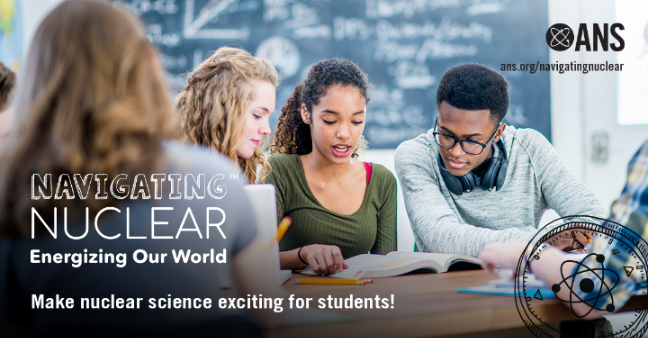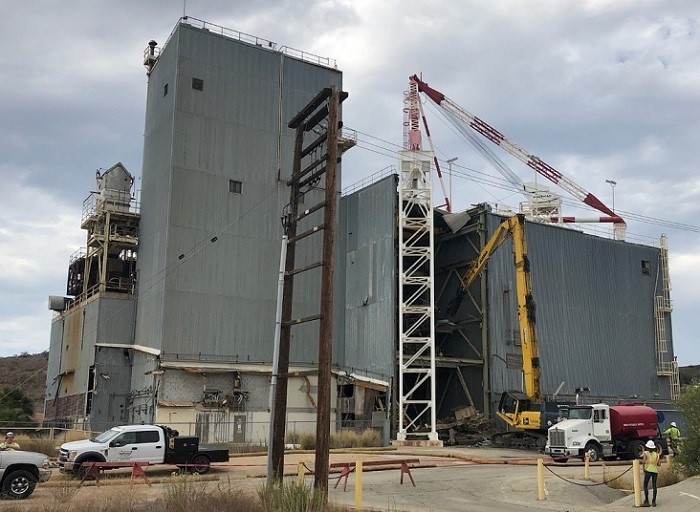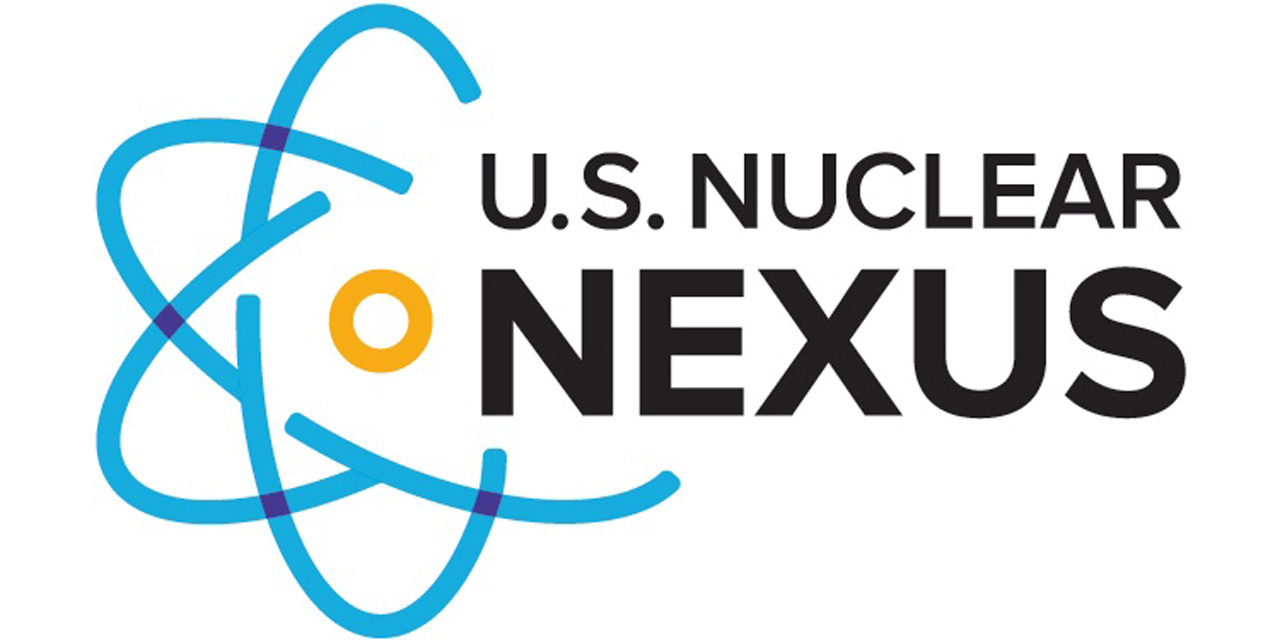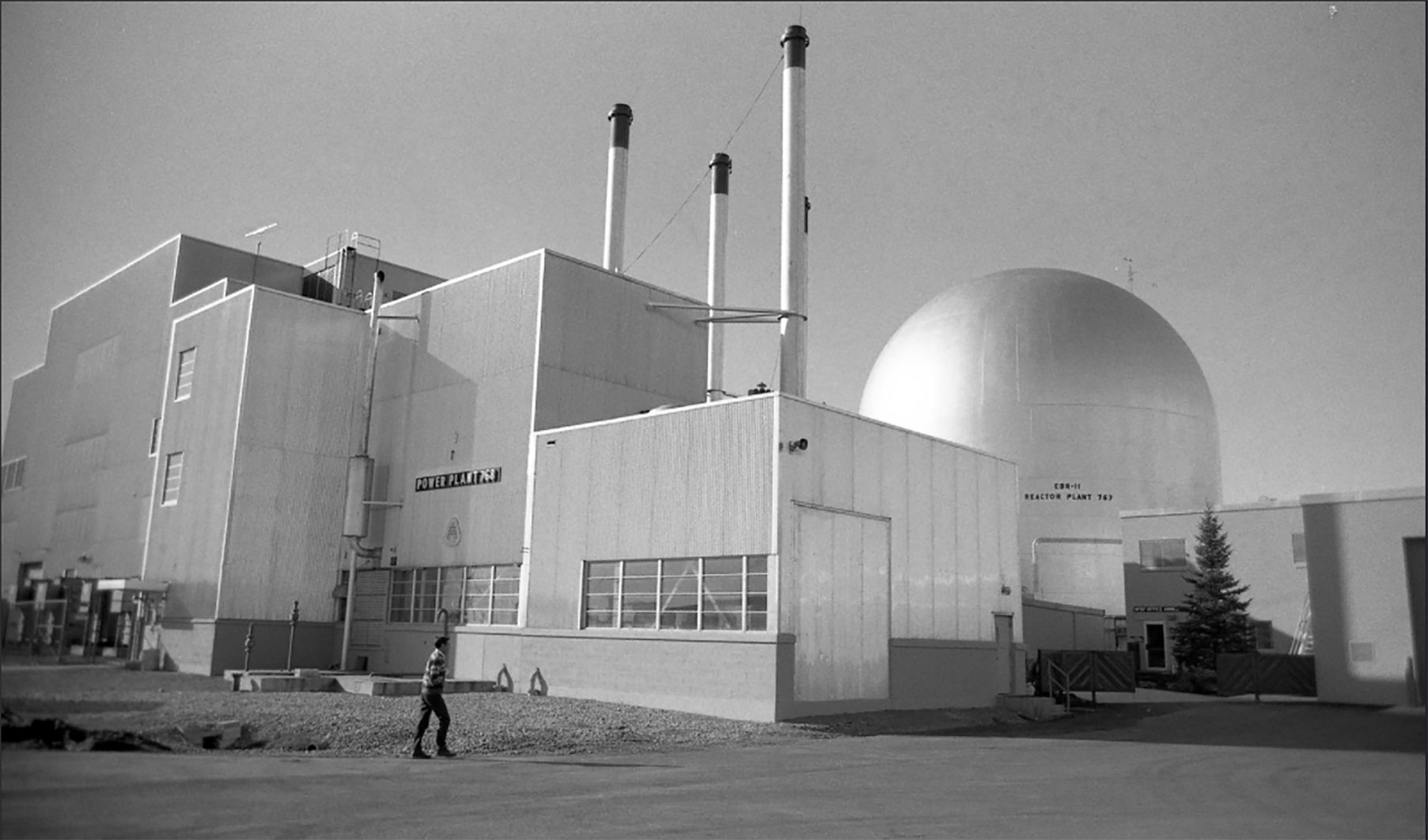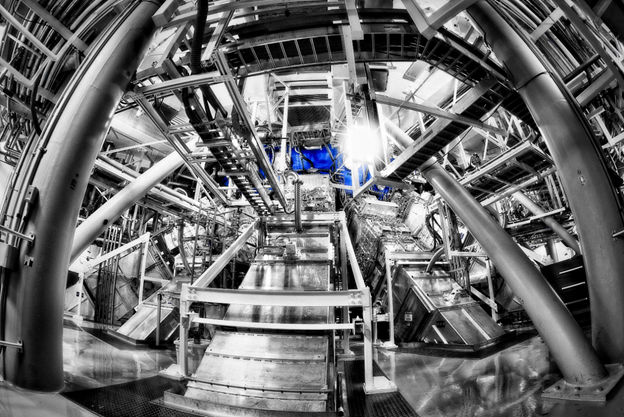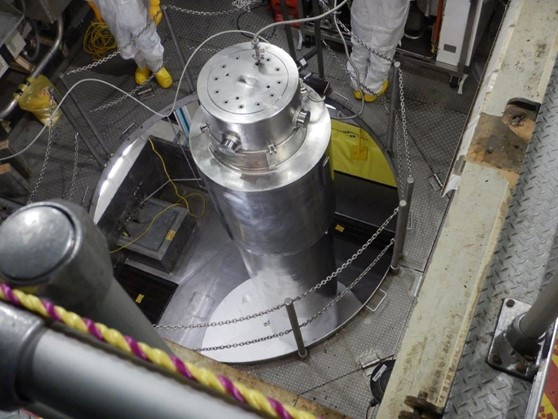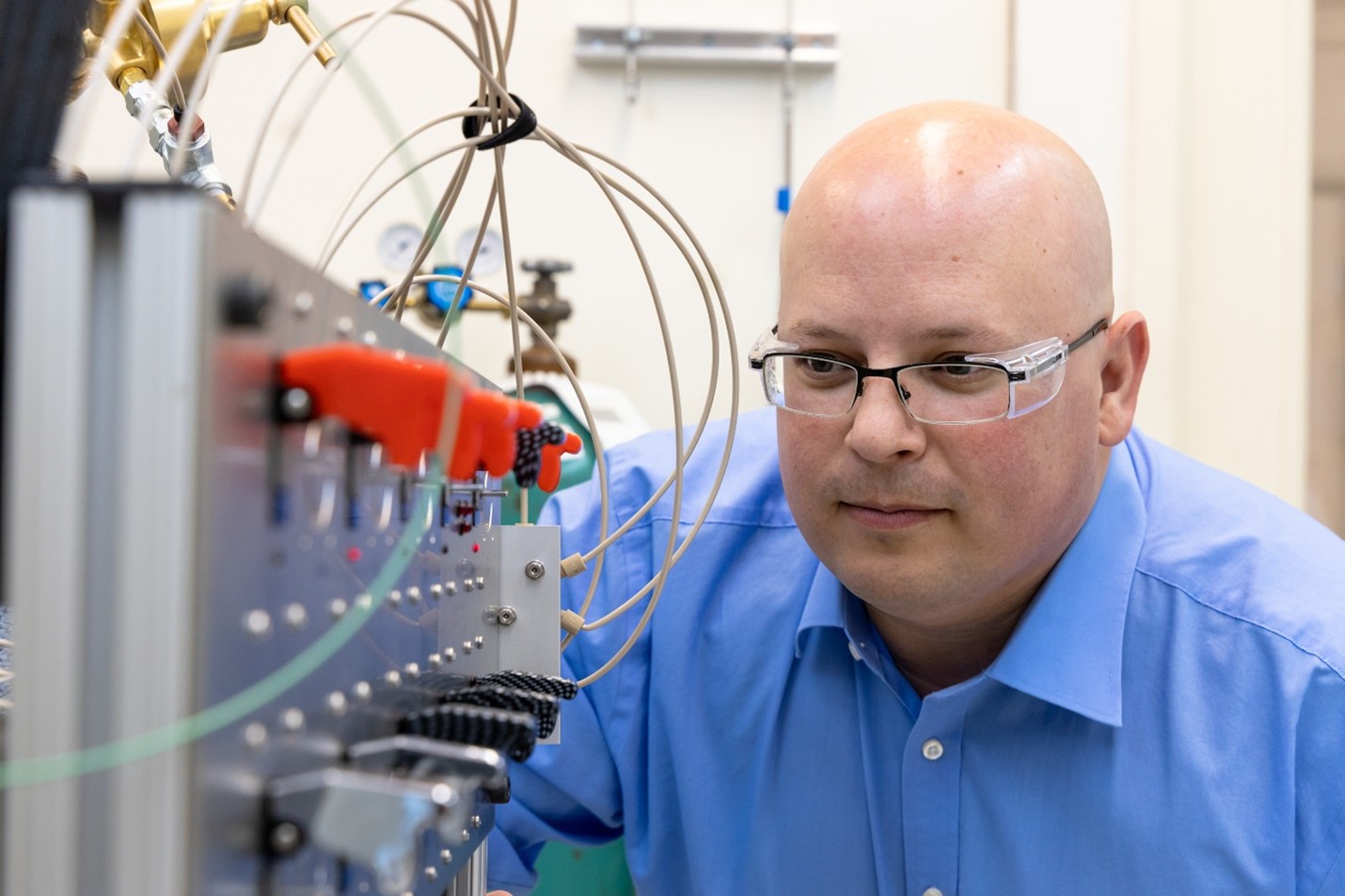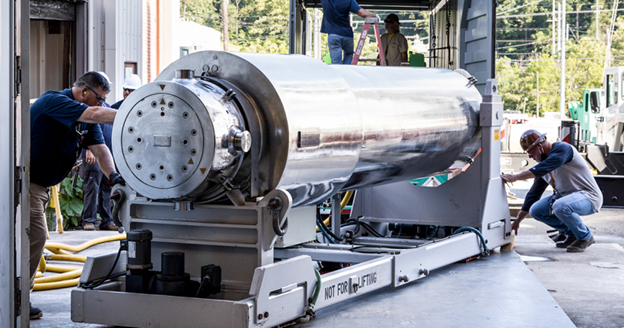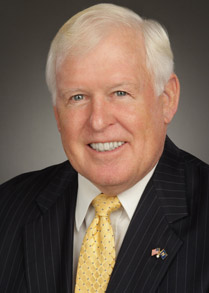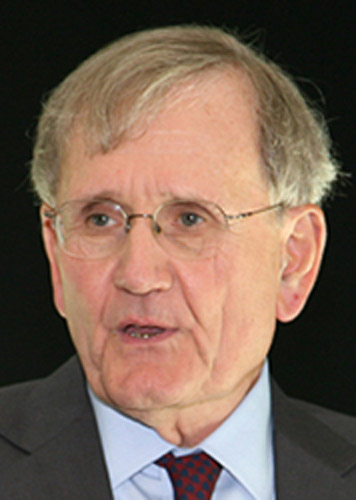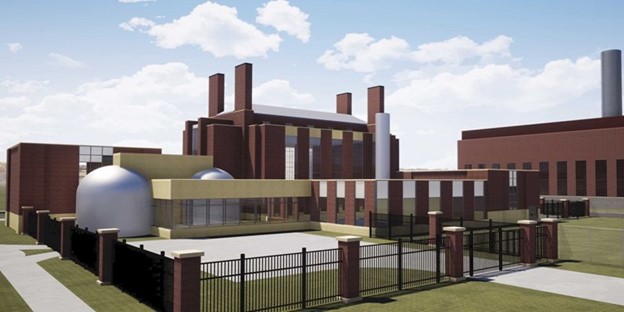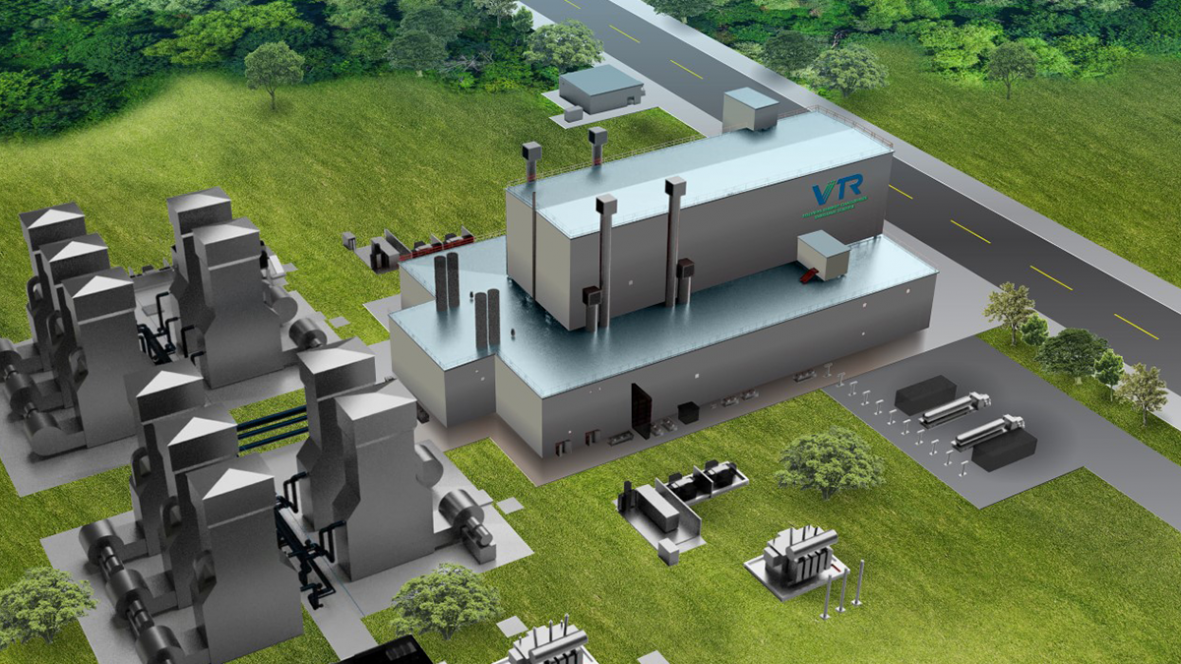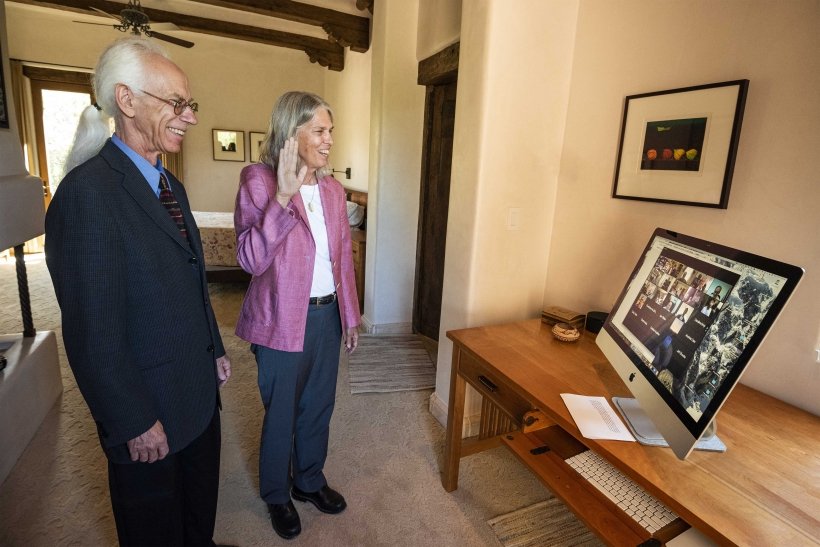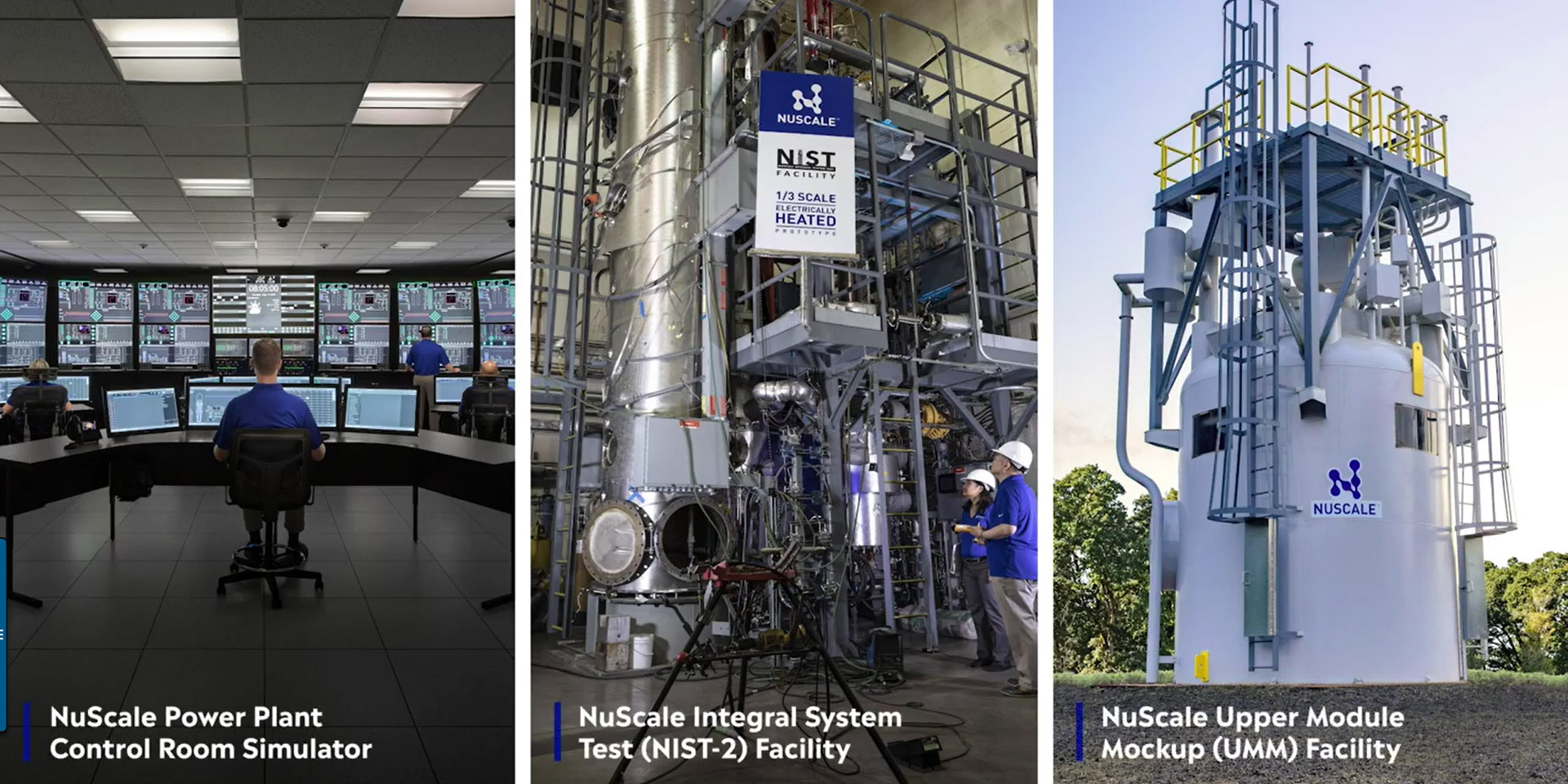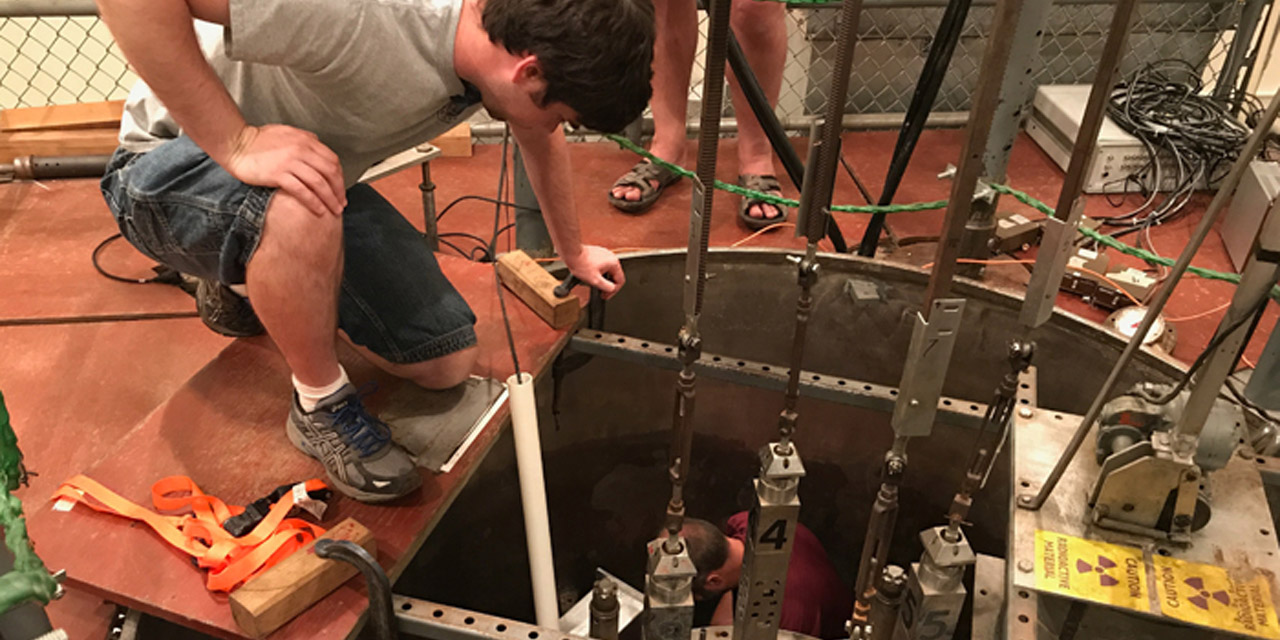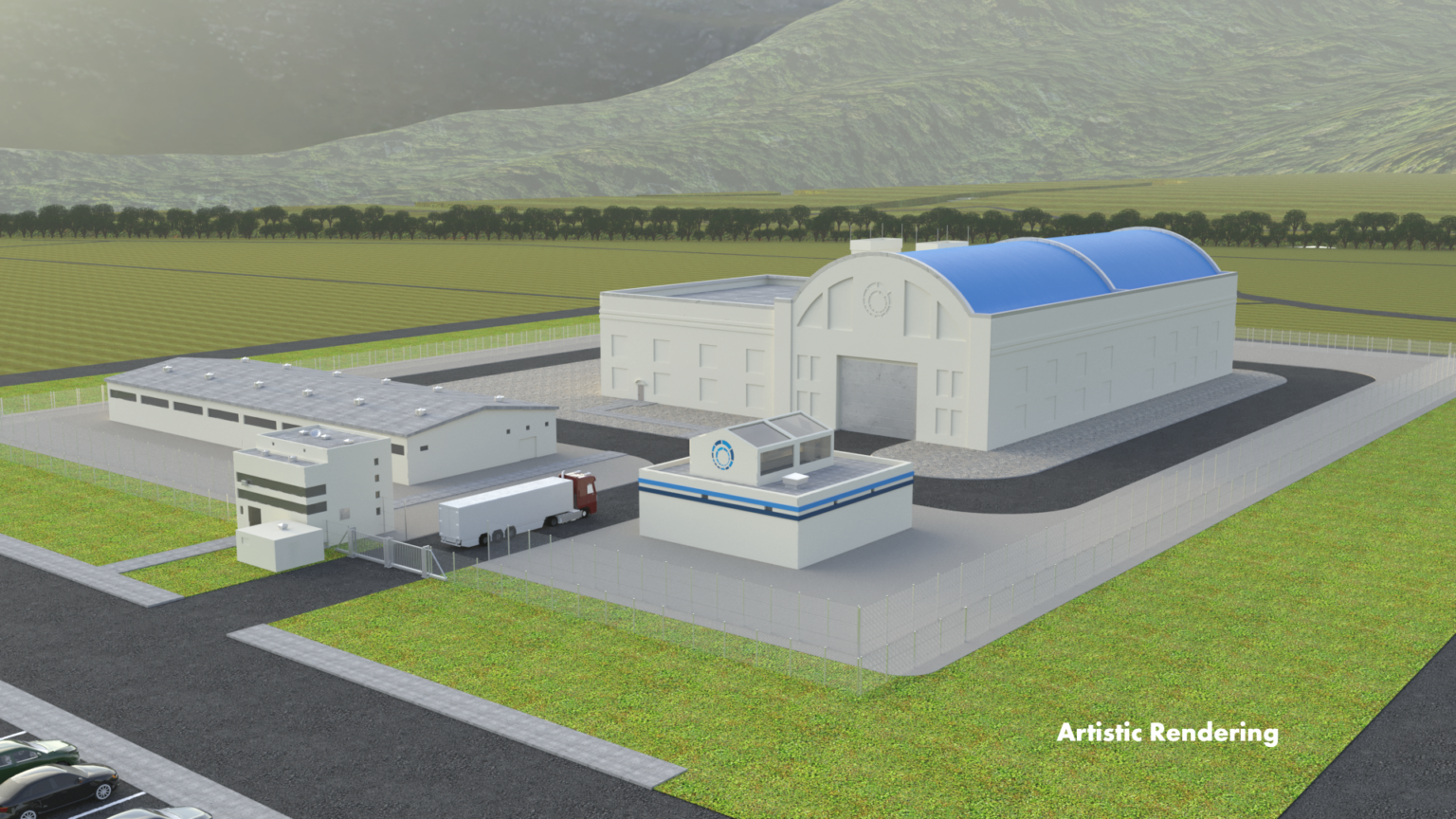Workers use high-reach shears to begin demolition of the Sodium Pump Test Facility at the former Energy Technology Engineering Center in California. (Photo: DOE)
Crews are in the homestretch of completing demolition of Department of Energy–owned buildings at the former Energy Technology Engineering Center (ETEC) site in Ventura County, California, the agency reported on August 24.
The EBR-II sodium fast reactor at Idaho National Laboratory began operations in 1964 and generated electricity for decades. Soon it will serve as a National Reactor Innovation Center test bed for future advanced reactor demonstrations. (Source: ANL)
At the box office or streaming at home, it’s fear, not truth, that sells. The laws of physics are swept aside, apocalypse is inevitable, and superpowered heroes wait until the last possible second to save the universe. It can make for great entertainment, but in the real world we need to stick with science over science fiction and be wowed by engineering, not special effects.
The truth is, science and innovation are incredible in their own right. From communications and machine learning to space travel and medical advances, technology is evolving in hyperdrive to solve real problems. With climate change and global warming here on earth, we don’t have to go looking for trouble in a galaxy far, far away.
A color-enhanced photograph of the NIF target bay. (Photo: LLNL/Damien Jemison)
Lawrence Livermore National Laboratory is celebrating the yield from an experiment at the National Ignition Facility (NIF) of more than 1.3 megajoules of energy—eight times more than the yield from experiments conducted this spring and 25 times more than NIF’s 2018 record yield.
A satellite image of Hawaii. Image: NASA
Jacob Wiencek, a self-described concerned resident of Honolulu, is doing his part to encourage the state of Hawaii to embrace nuclear power. An opinion piece written by Wiencek was published in Honolulu Civil Beat, an online, nonprofit news site, on August 4.
A shipping cask containing high-burnup fuel rods from Dominion Virginia Power’s North Anna nuclear plant is prepared for shipment to Oak Ridge National Laboratory for study. (Photo: EPRI/Dominion Energy)
Chemist Kevin Gaddis has adapted components of a high-pressure ion chromatography system to withstand the extreme conditions of a hot cell. (Photo: ORNL/Carlos Jones)
An Oak Ridge National Laboratory researcher has built a device that can speed up the separation of the medical radioisotope actinium-225 from irradiated thorium targets and withstand the high-radiation environment of a hot cell. In July, ORNL announced that Kevin Gaddis, a chemistry technician at the lab, had built and tested a prototype and was working to secure a patent for a device that cut separations time by 75 percent.
Irradiated lead test rods are delivered to Oak Ridge National Laboratory for examination. (Photo: ORNL)
Several lead test rods of Westinghouse’s EnCore accident tolerant fuel recently arrived at Oak Ridge National Laboratory for post-irradiation examination over the next year in support of the Nuclear Regulatory Commission’s licensing process. The rods were installed in 2019 in Exelon’s Byron-2, a 1,158-MWe pressurized water reactor, and were removed in fall 2020 and prepared for shipment to ORNL.
A rendering of Ultra Safe Nuclear Corporation’s micro modular reactor as proposed for construction on the University of Illinois at Urbana-Champaign campus. (Graphic: USNC)
A bipartisan group of legislators has introduced a bill to invest in university nuclear science and engineering infrastructure, establish regional consortia to promote collaboration with industry and national laboratories, and support the development of advanced reactor technology. The National Nuclear University Research Infrastructure Reinvestment Act of 2021 (H.R. 4819) was introduced in the House of Representatives by Reps. Anthony Gonzalez (R., Ohio), Sean Casten (D., Ill.), Peter Meijer (R., Mich.), and Bill Foster (D., Ill).
A rendering of the VTR facility. (Image: INL)
Kathryn Huff, the Department of Energy’s acting assistant secretary for nuclear energy, asserted in an article published online by the Office of Nuclear Energy (DOE-NE) on July 30 that demonstration reactors, such as the Natrium and Xe-100 reactors being built as full-size power producers with cost-shared funding from the DOE, and test reactors, such as the Versatile Test Reactor, are both necessary for nuclear innovation. Both are also line items in the DOE budget request, and Huff’s article sends a clear message to appropriators about the need to fund both the Advanced Reactor Demonstration Program (ARDP) and the VTR.
Invisible infrared light from the 200-trillion-watt Trident Laser at Los Alamos National Laboratory interacts with a 1-micrometer thick foil target (in the center of the photo) to generate a high-energy-density plasma. (Photo: Joseph Cowan and Kirk Flippo, LANL)
The Department of Energy’s Office of Science (DOE-SC) and the National Nuclear Security Administration (NNSA) on July 27 announced $9.35 million for 21 research projects in high-energy-density laboratory plasmas. High-energy-density (HED) plasma research, originally developed to support the U.S. nuclear weapons program, has applications in astrophysics, fusion power plant development, medicine, nuclear and particle physics, and radioisotope production.
Jill Hruby, joined by her husband, Stewart Griffiths, is sworn in as the Department of Energy’s under secretary for Nuclear Security and administrator of the National Nuclear Security Administration. (Photo: NNSA)
Jill Hruby was sworn in by energy secretary Jennifer Granholm on July 26 as the Department of Energy’s undersecretary for nuclear security and administrator of the National Nuclear Security Administration. Hruby was nominated for the position by President Biden on April 14.
A still image from a three-part video tour of NuScale’s facilities. (Photos: NuScale Power)
When Utah Associated Municipal Power Systems (UAMPS) in 2015 announced its plan to develop the Carbon Free Power Project (CFPP) using NuScale Power’s modular light water reactor design, it envisioned the construction of a dozen 50-MWe modules for a plant that could produce a total of 600 MWe. The CFPP’s target output later rose to 720 MWe, when UAMPS opted to scale up to 60-MWe modules. In late June, the plans changed once again, as UAMPS participants chose to build 77-MWe modules but downsize the plant from 12 units to six, which would yield 462 MWe—about 64 percent of the 720 MWe that could have been generated from 12 of the 60-MWe modules.
Nicholas Thompson of LANL helps set up the neutron clustering measurements at the Walthousen Reactor Critical Facility at Rensselaer Polytechnic Institute in Schenectady, NY. (Photo: LANL)
A statistically predicted tendency for neutrons produced inside fission reactors to form in clusters can cause asymmetrical energy production that is counterbalanced, at least in part, by the spontaneous fission of radioactive material in the reactor.
Artistic rendering of the Hermes low-power demonstration reactor. (Image: Kairos Power)
Today, Tennessee governor Bill Lee joined Department of Economic and Community Development commissioner Bob Rolfe and Kairos Power officials in Nashville, Tenn., to celebrate Kairos’s plans to construct a low-power demonstration reactor in the East Tennessee Technology Park in Oak Ridge, Tenn. The company first announced its plans to redevelop the former K-33 gaseous diffusion plant site at the Heritage Center, a former Department of Energy site complex, in December 2020.
